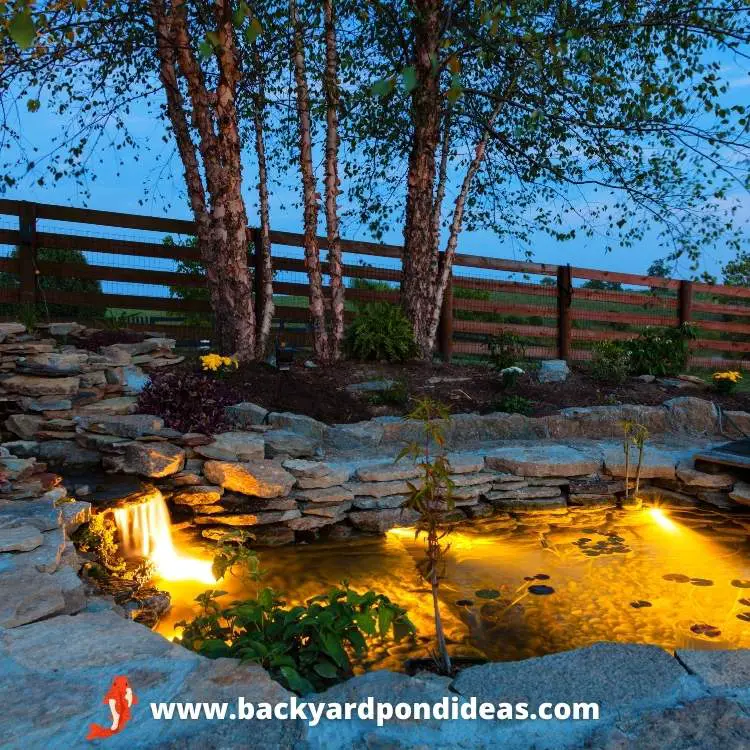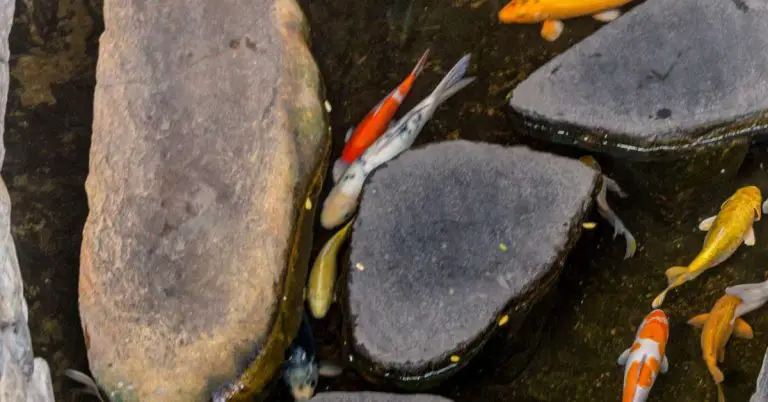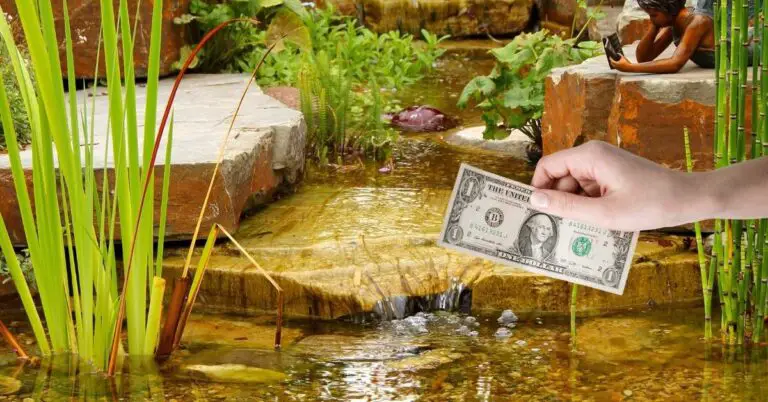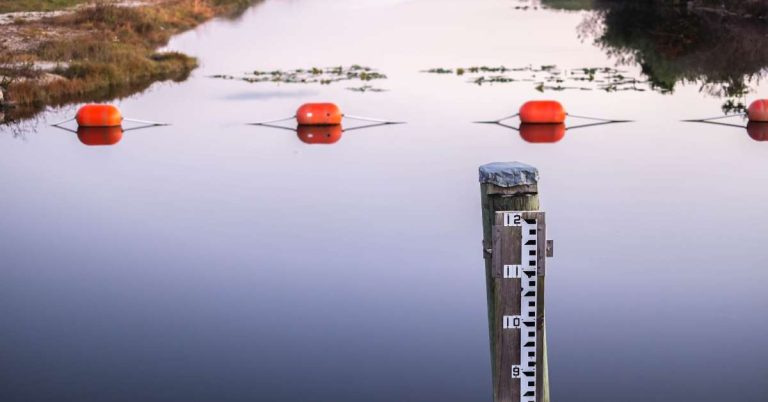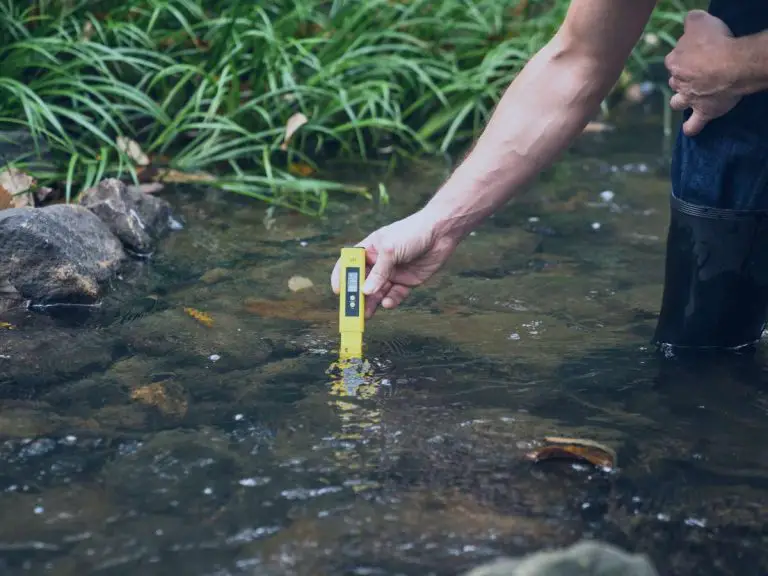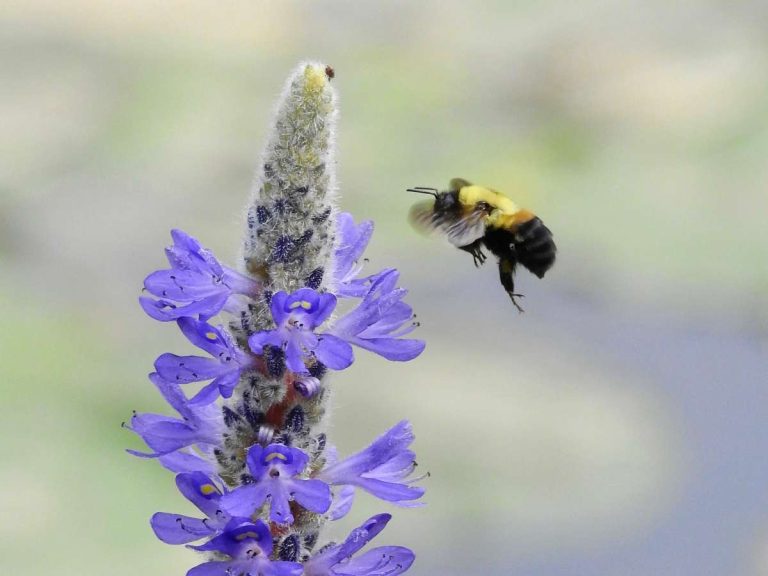Will Koi Grow In A Small Pond? Yes, But Only If You Take Care Of These 4 Things…
Koi fish are some of the most popular fish for small ponds around the world. They’re beautiful to look at and fascinating to observe swimming around your backyard or garden pond. But many people wonder if they’ll stay that way or grow too large and need to be removed.
A small pond will not affect how large a koi fish can grow, but it might alter the speed at which they grow. A single healthy koi fish is genetically capable of reaching up to 36 inches in length and weighing up to 10-12 pounds under ideal conditions. However, these numbers are greatly affected by the health of the fish, the quality and temperature of the water, and the food they eat.
So, if you’re concerned about your Koi growing in your small pond – or maybe just wondering what how to care for your growing Koi – the following is a list of things to keep in mind.
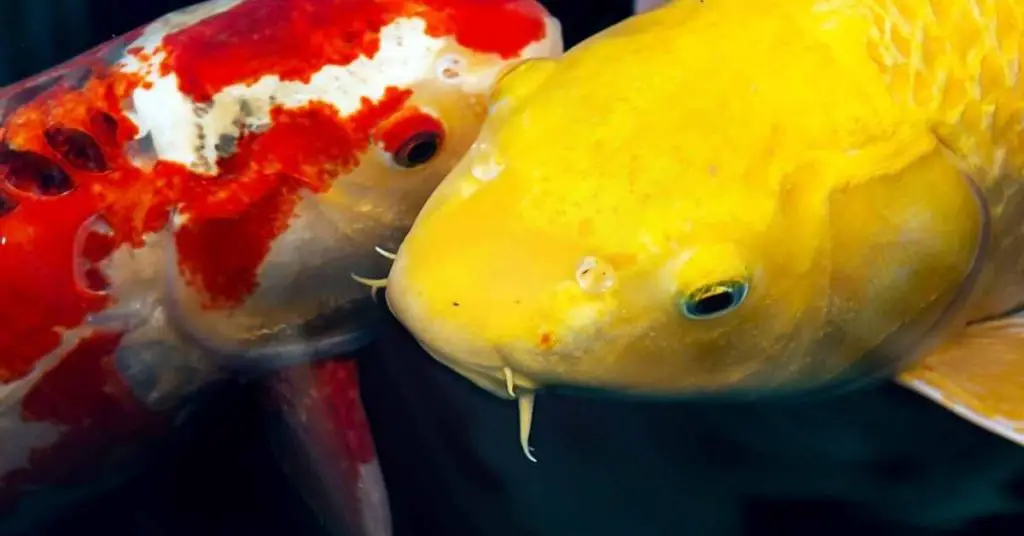
By the way, if you’re looking to buy Koi of a certain size and don’t have any Koi sellers near you, there are some great options online that ship directly. Check out my review of the best places to buy Koi online here.
Koi Genetics Determine Their Maximum Size, Not The Size Of Their Pond
The biggest predeterminant of the size of a koi fish is genetics. A koi fish, depending on the breed, can grow up to 15 inches long for a domestic koi, 25 inches long for a Japanese koi and 36 inches long for a Jumbo koi.
Koi fish will continue to grow as long as they live right up until they reach their genetically predetermined length. The size of the pond, or tank, and other factors like food and health can affect how fast they grow but it cannot stop them from growing.
Water Temperature Is Crucial To Koi Health And Growth
Water temperature is one of several factors that affects koi growth. This means that the temperature of your pond can change the rate at which your koi grows, provided all of their other needs have been met.
The optimal temperature range for Koi growth is between 59 and 77 degrees Fahrenheit (15-25C). This temperature range will allow for the maximum rate of growth for your koi.
The reason why temperature affects koi growth has to do with oxygen levels. Above 77-80F, there is a drop in the amount of available oxygen to the fish.
Higher temperatures also affects the toxicity of the water and can increase the amount of bacteria and parasites present as well. All of these factors affect Koi growth greatly, especially in smaller ponds.
Lower temperatures have a big impact on Koi growth as well. Below 55F, a Koi fish’s metabolism slows down quite a bit and its blood flow can slow to the point of almost shutting down.
This is why it’s so important to keep Koi fish within their optimal temperature range and avoid sudden rapid changes to their environment.
Koi Need Enough Oxygen & Proper pH To Grow Large
The quality of your pond’s water can greatly affect how fast and how large your Koi grow, which shouldn’t be a big surprise to any pond owner.
Oxygen
Like most living things in a pond, Koi fish need enough dissolved oxygen in the water to thrive and encourage growth. Generally speaking, 5.0 mg/L is the minimum recommended oxygen level for Koi fish.
The best way to make sure your pond has enough oxygen is to use some kind of water feature like a waterfall or a pump. These will ensure that oxygen from the air surrounding the pond is incorporated and the water is properly oxygenated.
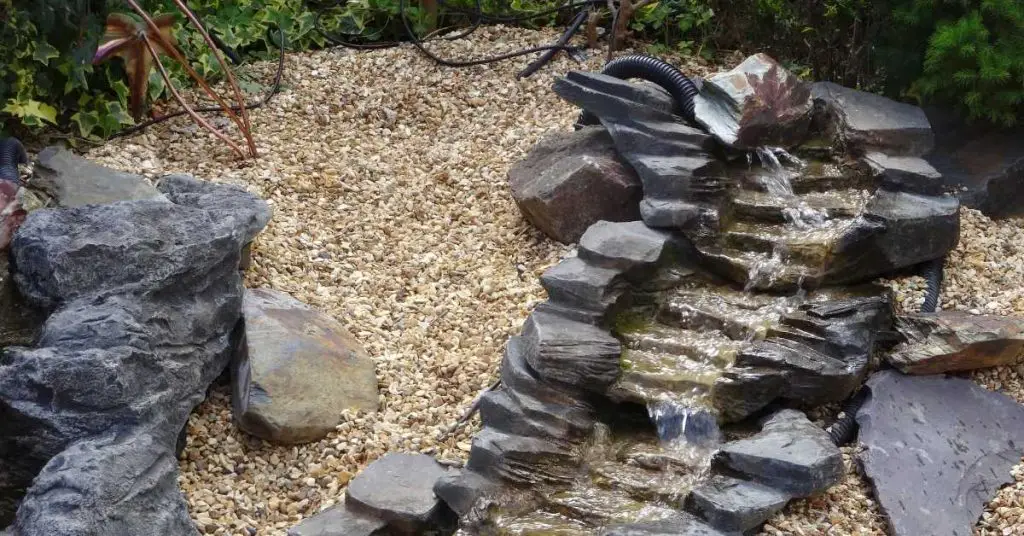
pH Levels
pH levels refer to the amount of acid in the water of your pond. Koi fish require a certain range of acidity in their water to thrive and grow.
The optimal pH level for koi fish is a range between 6.8 and 8.2. This may not seem like a huge range since pH levels are measured logarithmically, there is actually a quite a big difference between these two values.
But as long as your pH levels measure within this range, your water should be fine for Koi growth. What is important to remember, however, is that Koi fish do not like big pH fluctuations, so taking regular readings is a must and if you notice these numbers changing rapidly you can take precautionary measures like adding calcium carbonate to the water.
Related Post: What pH Level Is Best For A Koi Pond?
Koi Will Only Grow Large With Proper Nutrition
Just like with humans and most other animals, the food we eat plays a big role in the growth and overall health of Koi fish.
Thankfully, Koi are omnivorous and will eat a wide range of food including algae, insects as well as fish pellets. In an outdoor pond there should be ample selection of food sources for your Koi to feed on all year-long.
However, if you’re looking to maximize the growth of your Koi, here are some things to keep in mind.
Cheaper fish foods, just like cheaper human foods, don’t always contain the right mix of proteins and carbs that Koi need to grow optimally.
When selecting a food brand for your Koi, try to find ones that include wheat germ, krill and spirulina. These 3 nutrients contain carotenoids, proteins and carbohydrates that Koi, as well as other fish, need to grow.
Generally speaking, Koi need more proteins in the summer when they’re not moving around as much to stay cool, and more carbohydrates in the colder months when they’re more active. Also, be sure to buy a fish pellet that’s appropriate for the size of your Koi’s mouth – i.e., smaller pellets for smaller fish – otherwise they won’t be able to eat it.
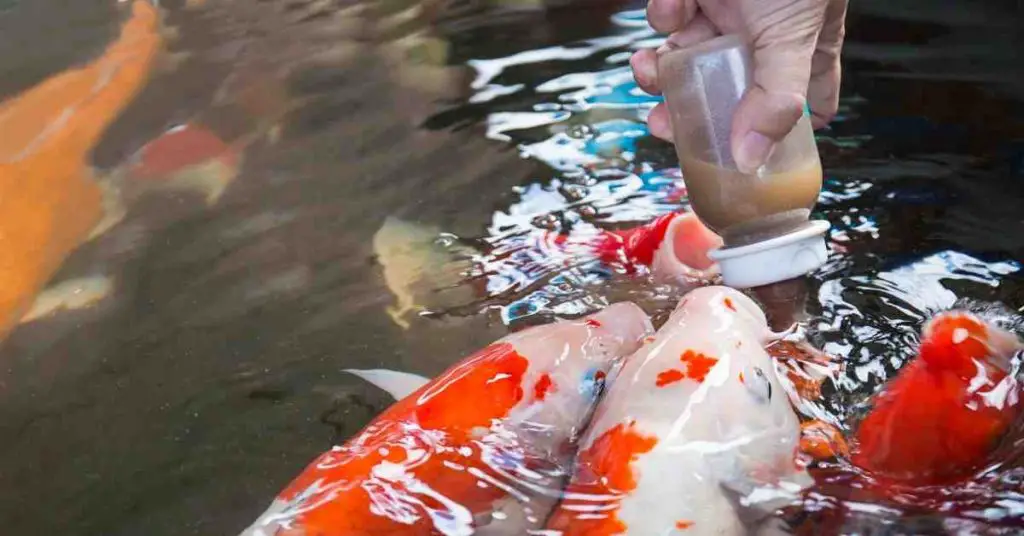
Final Thoughts
Lets of factors affect how big a Koi fish will grow, not just the size of the pond. Ultimately, it comes down to the health and genetics of the fish and what kind of pond you’ve constructed for them to live in.
Make sure your fish are fed well and have good quality water to live in. Also make sure that you follow the general rule of thumb of 1000 gallons of water per Koi fish. Because if you place multiple Koi fish in a small amount of water, they will eventually grow too large and use up all the oxygen and food in the water and stop growing – or maybe even die well before their natural lifespan.
So if you’re thinking about adding some Koi fish to your small pond, don’t assume they won’t grow. In fact, you should plan on these fish reaching their genetic potential when deciding how many Koi to get depending on the size of your pond.
Small pond = fewer but larger Koi fish.

